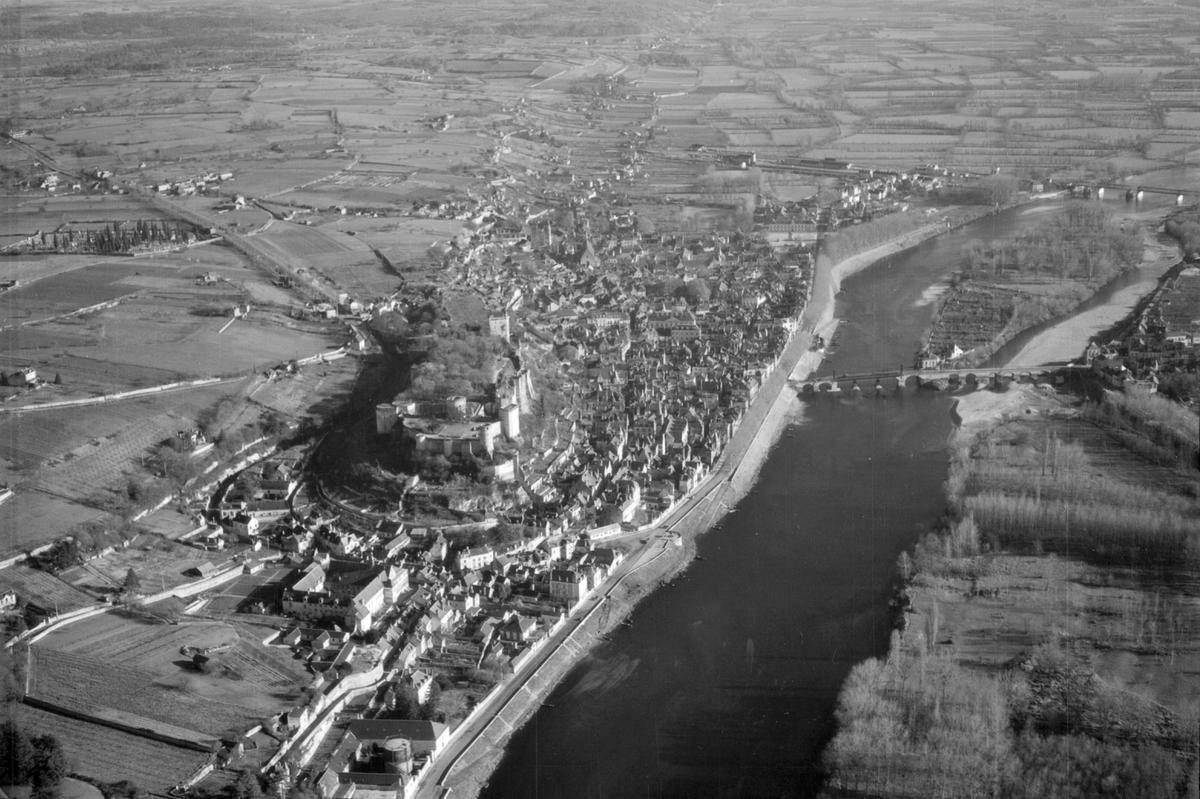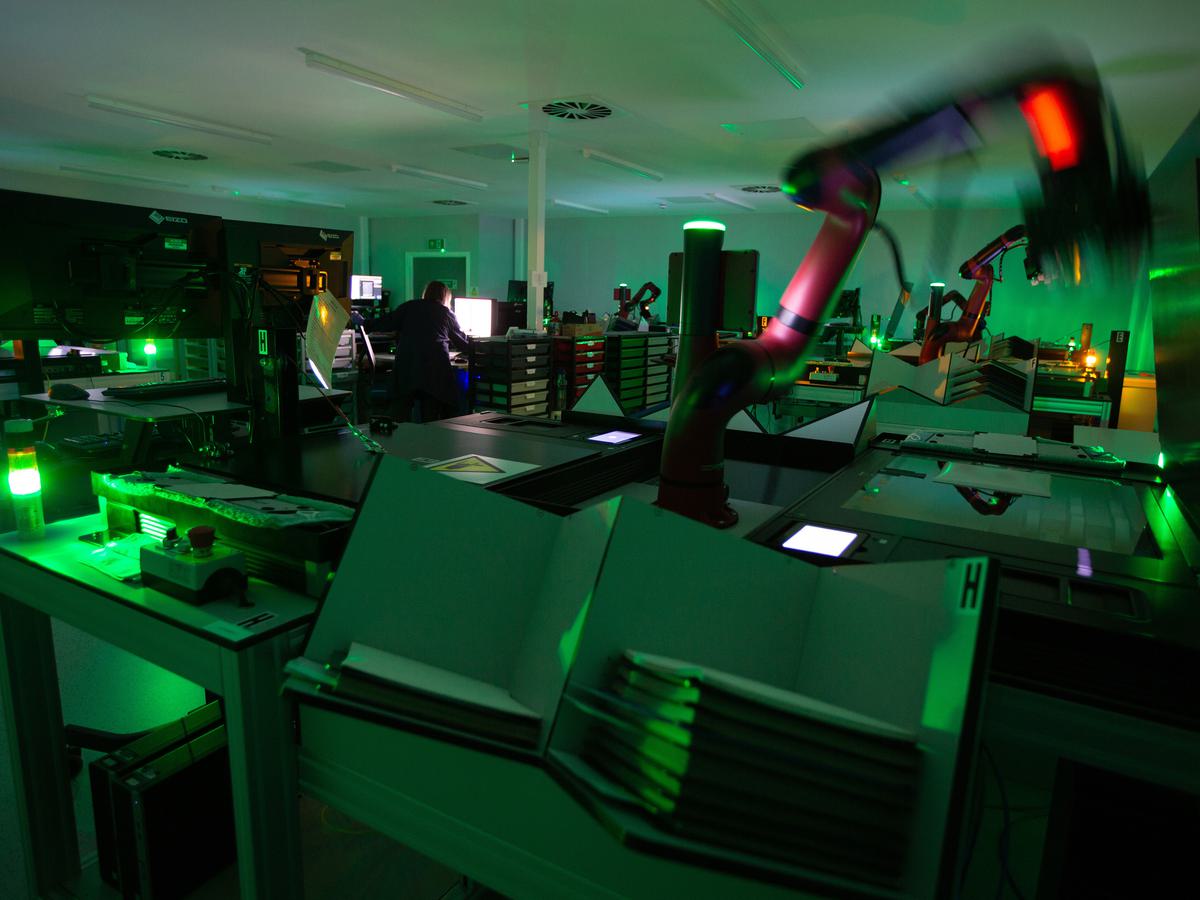Celebrating our Volunteers this Volunteers’ Week!
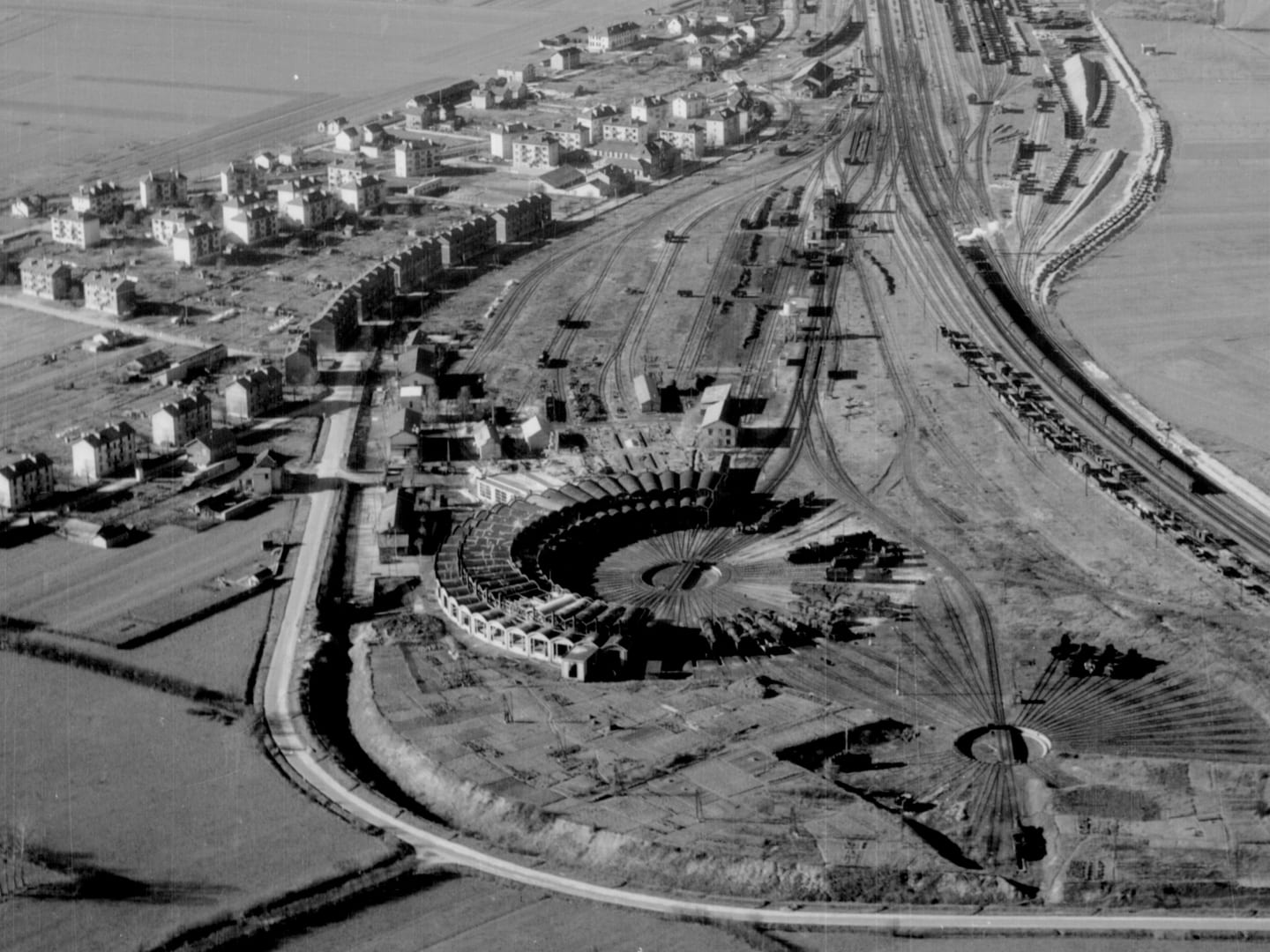
This Volunteers’ Week, we are highlighting the fantastic contribution our volunteers make to the National Collection of Aerial Photography’s (NCAP) mission to preserve and make accessible the 30 million aerial photographic images in our care.
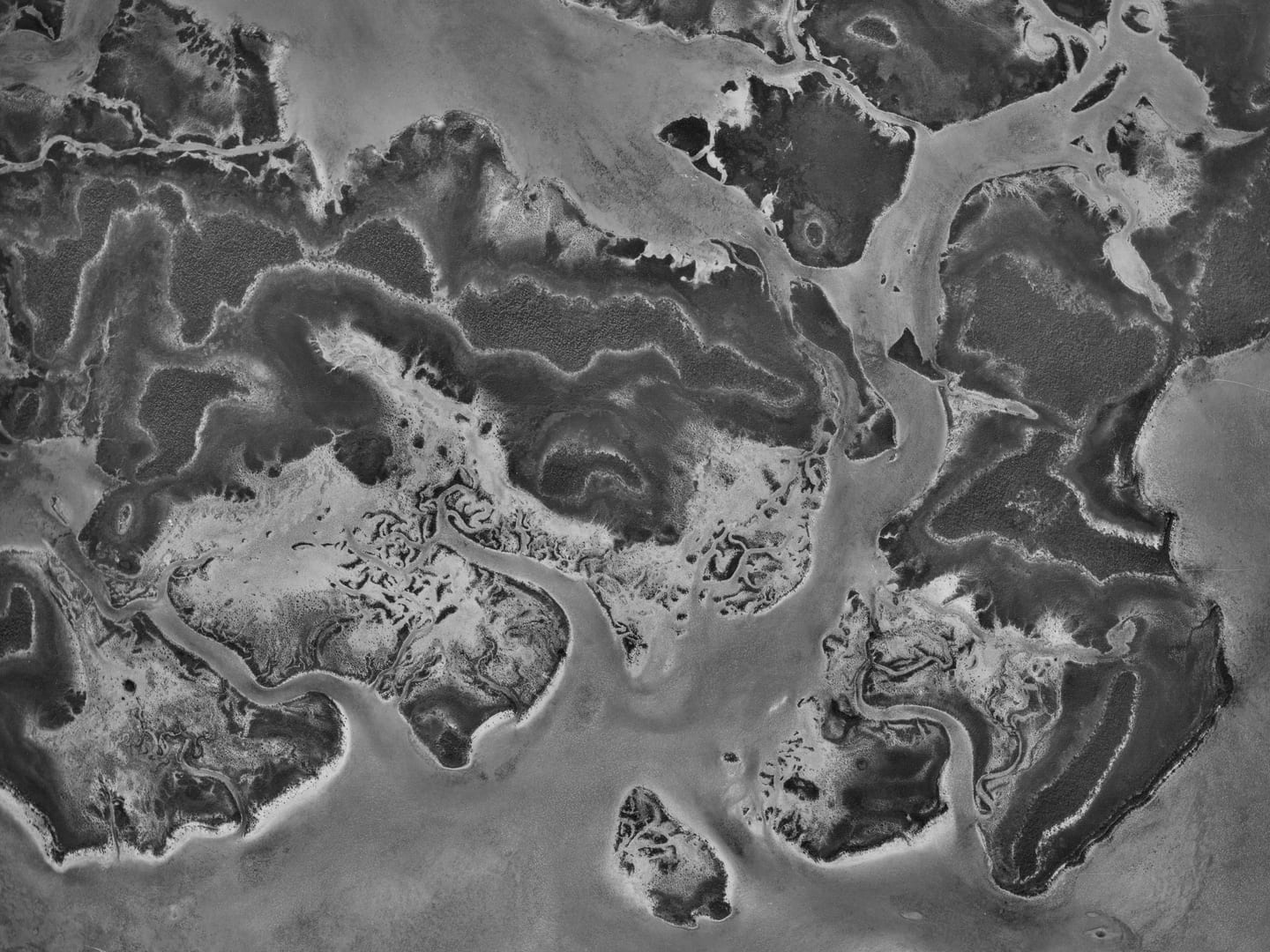
South Andros Island in the Bahamas, footprinted by Tony; Collection: DOS, Sortie: 1373/USAF/M/0003, Frame: 5192 (8 January 1957)
Footprinting
In December last year, we launched the NCAP Digital Connector volunteering role, looking for people to help us with the important task of footprinting our digitised aerial images. Footprinting involves drawing a digital box on a map to match the area of the world’s surface shown in an aerial image. This allows users of our website to find interesting aerial images and see which ones cover their area of interest.
Last year, we started by advertising the Digital Connector volunteer role to members of the Medmenham Association. The Medmenham Association is a body for Imagery Analysts which grew out of the Allied Central Interpretation Unit during the Second World War. Since then, the success of the programme has allowed us to open the opportunity up to anyone who might be interested. Over 20 people have been a part of the programme so far.
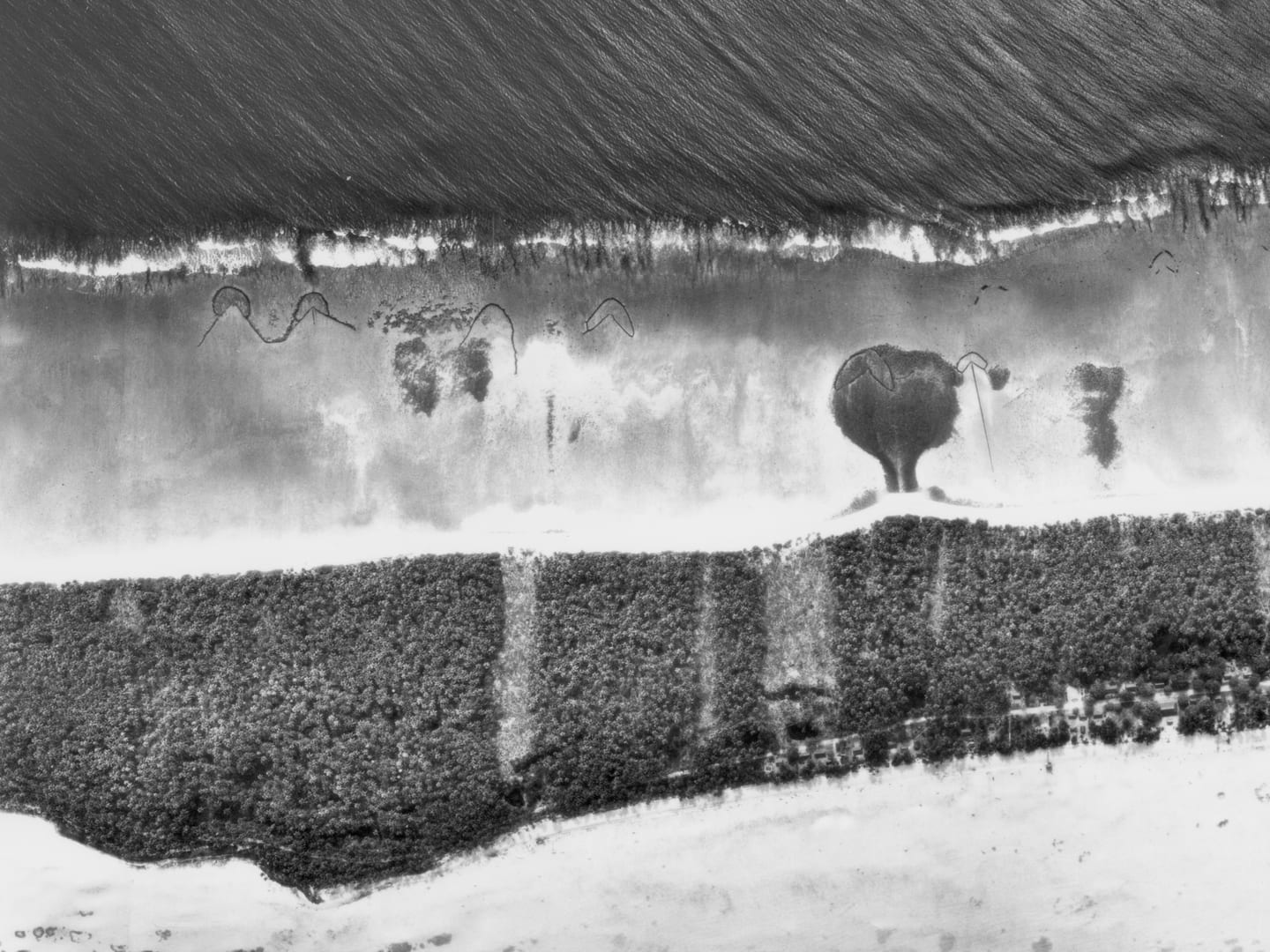
Fish traps off the coast of Abaiang atoll, Kiribati, footprinted by Malcolm; Collection: DOS, Sortie: LMS/68/0001/0235, Frame: 0079 (June 1968)
In the six months the Digital Connector role has been running, our volunteers have contributed nearly 400 hours to NCAP. During that time, they have created over 6,000 footprints across more than 60 sorties from the Directorate of Overseas Surveys (DOS) collection. They have geolocated images all over the world, from the Caribbean to the Mediterranean, the Indian Ocean and the Pacific.
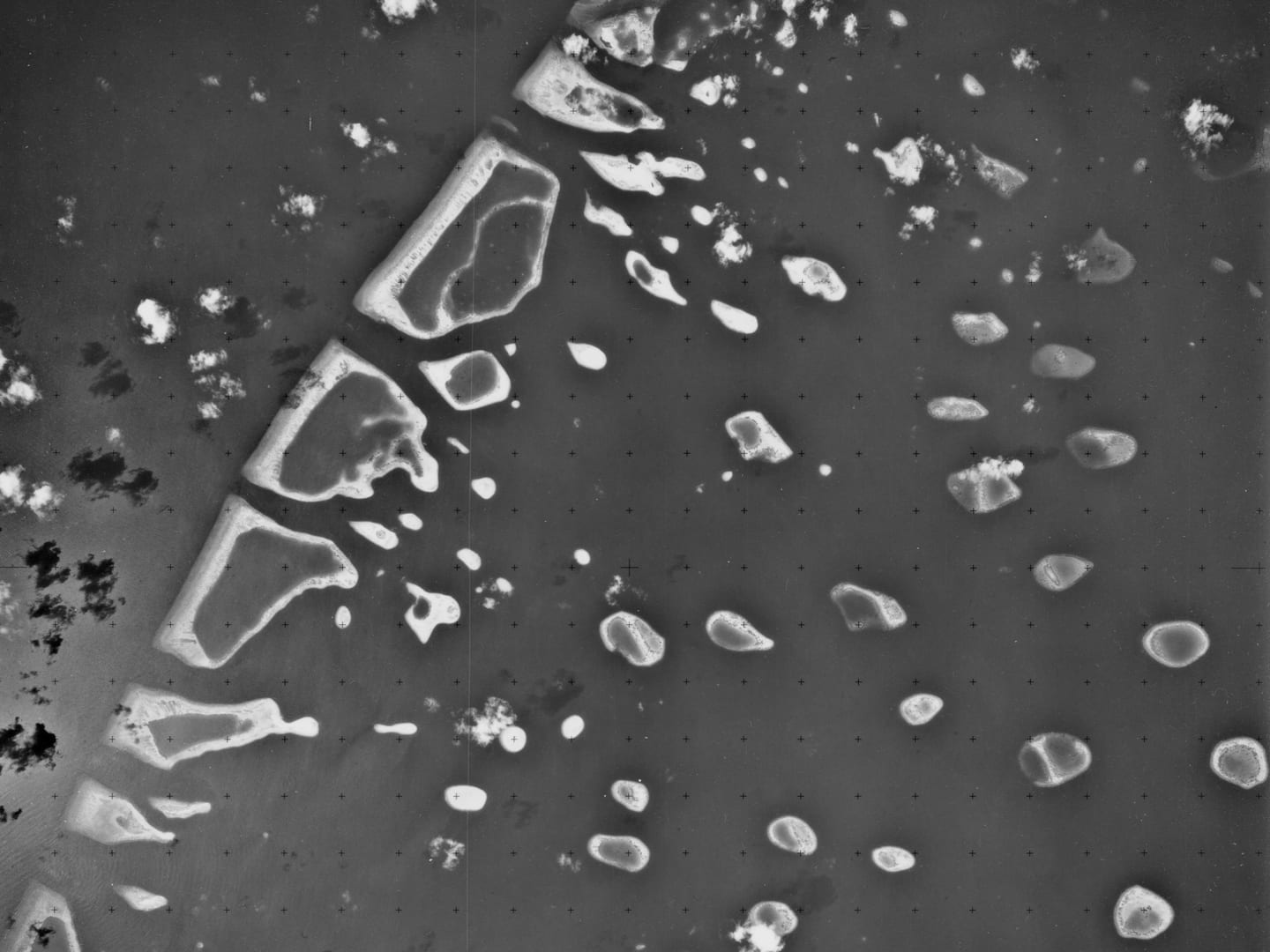
The many islands of Vaavu atoll in the Maldives, footprinted by Andy; Collection: DOS, Sortie: 13M/RAF/1406, Frame: 0074 (21 February 1969)
Locating Unlocated Imagery
We also provided our volunteers with some unlocated sorties containing evocative oblique images from the very end of the Second World War. Beyond knowing that the images were taken somewhere in France, NCAP did not hold any location information for these missions.
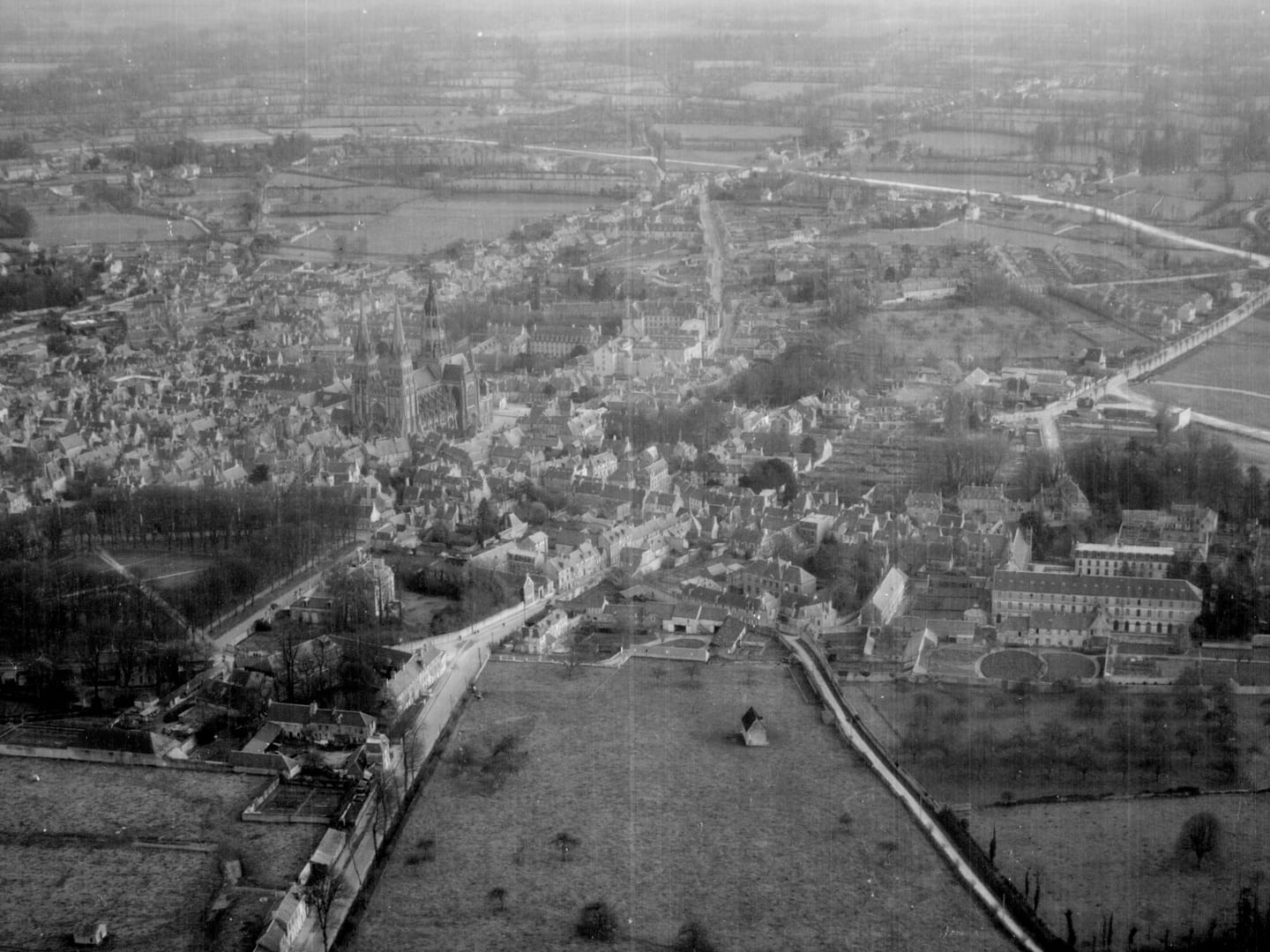
The town of Bayeux in Normandy, located and footprinted by Nic; Collection: NARA, Sortie: 111TRS/R/0084, Frame: 0028 (8 December 1945)
Thanks to our volunteers, 119 images from 5 of these sorties have been located. We can now share new photographs of the Normandy coast and long-vanished US Army redeployment camps. Other sorties were located to Avignon, the Bourgogne Canal and historic perfume factories in the southern French town of Grasse. Without the hard work of our volunteers, these sorties would likely have remained unlocated.
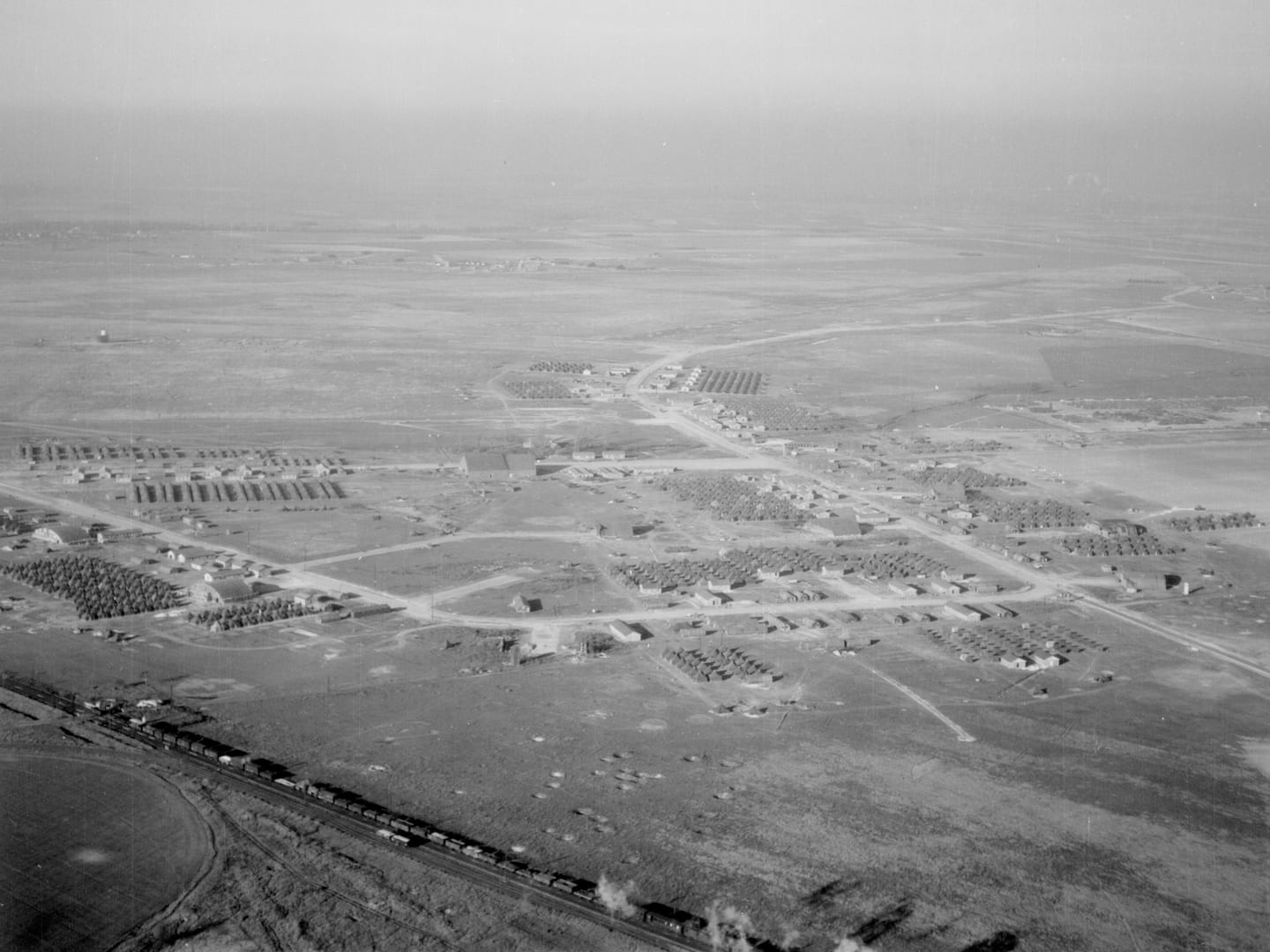
US Army redeployment camp ‘Detroit’ near Laon, located and footprinted by Joe; Collection: NARA, Sortie: 111TRS/R/0052, Frame: 0007 (18 November 1945)
What Next?
Soon, the sorties our volunteers have worked on will be available to view on our online portal. In the meantime, the volunteers are continuing to footprint imagery and research unlocated sorties. At the moment, they are tackling numerous island chains in the DOS collection. They are also starting to get to grips with unlocated or poorly located GX material – images created by the German Luftwaffe and captured by the Allies at the end of the Second World War. We are delighted to be able to celebrate their valuable contribution to NCAP this Volunteers’ Week!
Ben Reiss, NCAP Collections Manager
